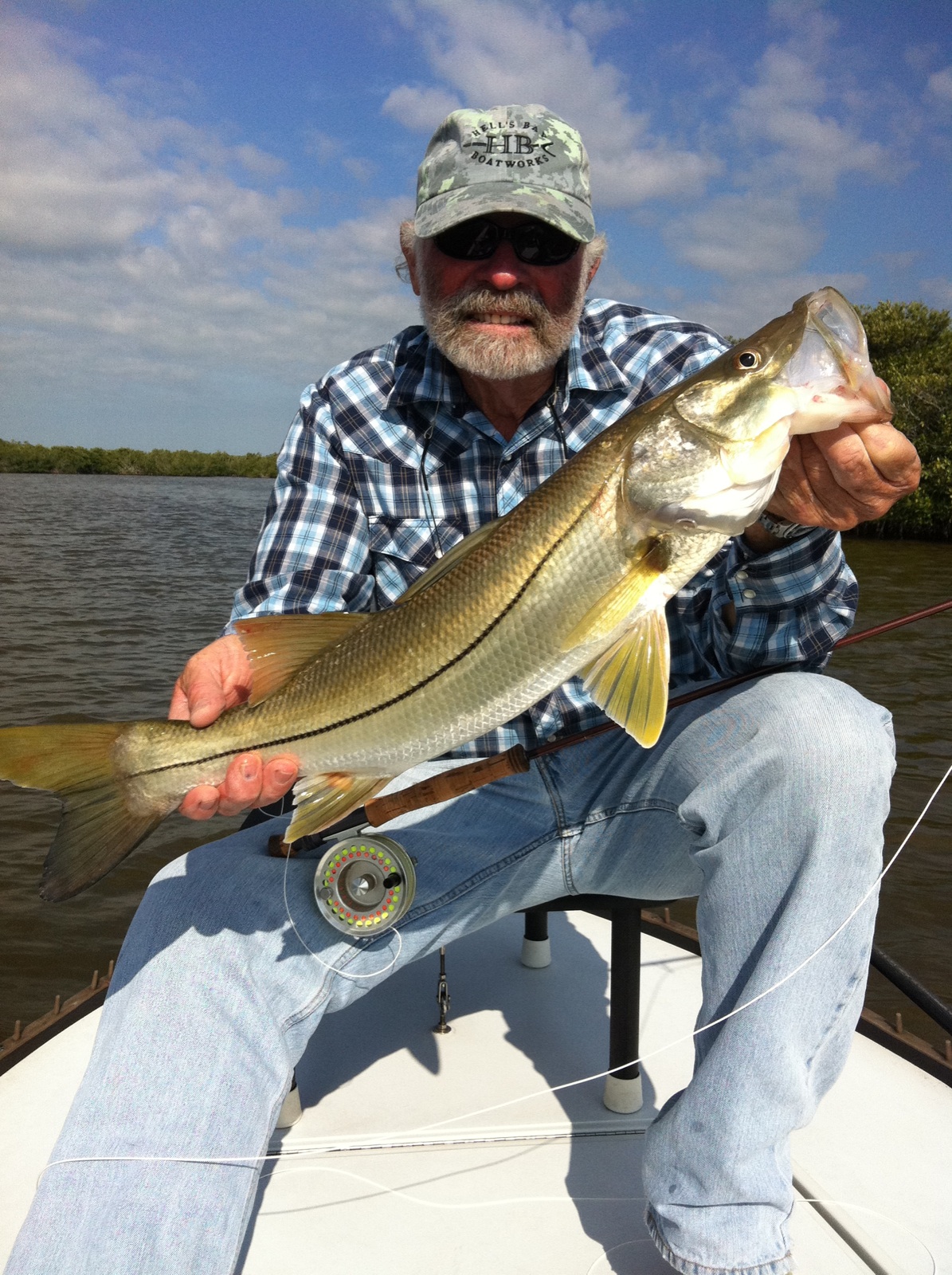
“Brian Flechsig [background] is the host of the Mad River Outfitters series of instructional fly fishing videos, a fly designer and tyer, fly fishing guide and veteran casting instructor…all the while owning and operating Mad River Outfitters…one of the great, all time fly fishing pro-shops and online fly fishing headquarters. He also runs and hosts some fantastic trips….some of which you might find me tagging along. — Flip Pallot.”
My grizzled Canadian friend and retired fly fishing and hunting guide, Armando Bastian, stopped for a two-day visit before heading to Key West for a few weeks debauching before heading to Andros, the Bahamas, for another season quest for bones, permits, and the occasional tarpons.
‘Contact’ and ‘down rod’ fly fishing
Our chat about fly fishing eventually focused on leader builds, which finally landed on Flip Pallot’s version of leaders. For Flip, and most, the leader build begins with the knot that connects the fly line to the butt section, which is usually a nail knot, but for Flip, it’s a version of the Snell Knot. And from there a radical change from what we grew up with, multiple sections measured in terms of a percent of the whole leader, most recently 60-, 20-, 20-%, but not long ago more complicated formulas including, in some camps, the need for six or more sections – trout fly fishing.
The leader builds Flip and Armando build are specifically for contact fishing, as opposed to non-contact fly fishing like nymphing, flymphing, and dry fly fishing.

Flip with one of his favorite targets. Photo credit TFO Fly Rods.
Here’s the breaking news and perhaps, heresy
The butt section is chosen not by pound-test, but by stiffness and mass, which is the seldom paid attention specification – the lines’ measurement in diameter expressed thousandths. For example, a 25-pound test monofilament from manufacturer “A” could be .023, and from manufacturer “B” 40-pound test but only .020 in diameter or mass. The rest of the selection for the butt is stiffness, but that is a subjective term – as called out by manufacturers. Armando says that Flip selects from experience as dies he – the entire focus there on complementing the unfurling with no hump. When the connection, fly line to butt, are humpless and form a ‘bell curve,’ all is good, and the line will be on its way to a smooth unfurling.
Next and last
The butt section Flip could be 6-, 9-, 12-, or even 15-feet and chosen by species and their ‘spookiness,’ which translates to pressured fish.
The second section or midsection is only a matter of 1-foot long or less [conection knot anglers’ choice]. The third section, tippet, is also only a foot or less. But here’s the thing, the second section, and tippet, like the butt section, is also chosen by mass – from the same manufacturer. For example, .017 for the mid-section and the tippet .012. Notice the tippet is one half the butt section diameter
Mad River Outfitters’ Brian Flechsig shows how Flip Pallot ties in the butt section with a Snell Knot rather than a typical Nail Knot

